Cost Efficiency
Cost efficiency is emerging as a pivotal driver for the Waterless Washing Machines Market. Consumers are increasingly looking for appliances that not only save water but also reduce energy costs. Waterless washing machines Market, by their very design, can lead to lower utility bills due to reduced water and energy consumption. Market studies indicate that households could save an average of 30% on their annual water bills by switching to waterless technology. This financial incentive, coupled with the long-term durability of these machines, makes them an appealing option for budget-conscious consumers. As awareness of these cost-saving benefits spreads, the market for waterless washing machines is likely to expand.
Rising Urbanization
The trend of rising urbanization is significantly influencing the Waterless Washing Machines Market. As urban populations grow, the demand for efficient home appliances that save space and resources becomes increasingly pronounced. In densely populated areas, where water scarcity may be a concern, waterless washing machines present an attractive solution. The convenience of these machines aligns with the fast-paced lifestyles of urban dwellers, who often prioritize efficiency and sustainability. Market analysis suggests that urban areas could see a surge in the adoption of waterless washing machines, as consumers seek to optimize their living spaces while minimizing their environmental impact. This urban-centric demand may catalyze further innovation and competition within the market.
Environmental Concerns
The increasing awareness of environmental issues appears to drive the Waterless Washing Machines Market. Consumers are becoming more conscious of their ecological footprint, leading to a demand for appliances that minimize water usage. Traditional washing machines consume significant amounts of water, often exceeding 40 gallons per load. In contrast, waterless washing machines utilize innovative technologies that can clean clothes effectively without the need for water, thus appealing to environmentally conscious consumers. This shift in consumer behavior suggests a potential growth trajectory for the market, as more individuals seek sustainable alternatives. Furthermore, regulatory bodies are likely to support this trend by promoting water conservation initiatives, which could further bolster the adoption of waterless washing machines.
Technological Innovations
Technological advancements play a crucial role in shaping the Waterless Washing Machines Market. Innovations in cleaning technology, such as the use of advanced solvents and ultrasonic cleaning methods, have emerged as viable alternatives to traditional washing processes. These technologies not only enhance cleaning efficiency but also reduce the need for water and energy consumption. Market data indicates that the adoption of such technologies could lead to a reduction in energy usage by up to 50% compared to conventional machines. As manufacturers continue to invest in research and development, the introduction of more efficient and effective waterless washing machines is likely to attract a broader consumer base, thereby driving market growth.
Changing Consumer Preferences
Changing consumer preferences are reshaping the Waterless Washing Machines Market. Modern consumers are increasingly prioritizing convenience, efficiency, and sustainability in their purchasing decisions. The shift towards eco-friendly products is evident, as more individuals seek appliances that align with their values. Waterless washing machines Market cater to this demand by offering a solution that conserves water while providing effective cleaning. Market trends indicate that younger generations, in particular, are more inclined to invest in innovative technologies that promise both performance and environmental responsibility. This evolving consumer landscape suggests that manufacturers must adapt to these preferences to remain competitive, potentially leading to increased market penetration for waterless washing machines.


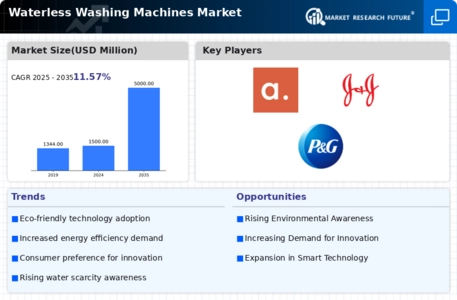
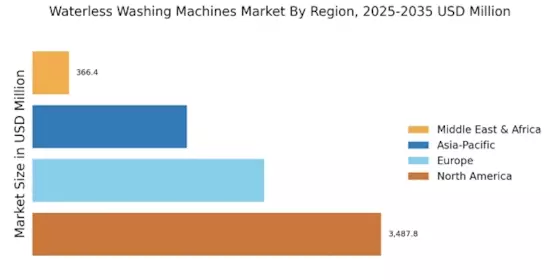
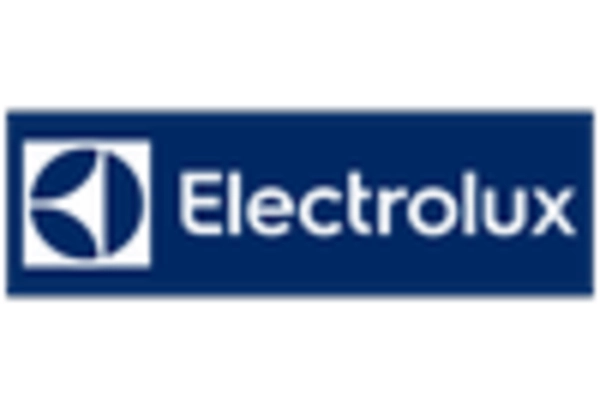

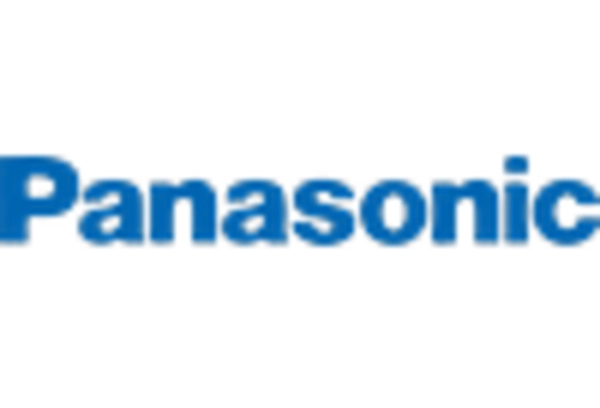

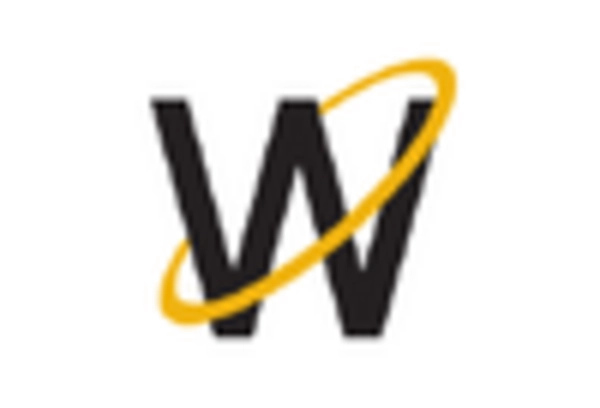
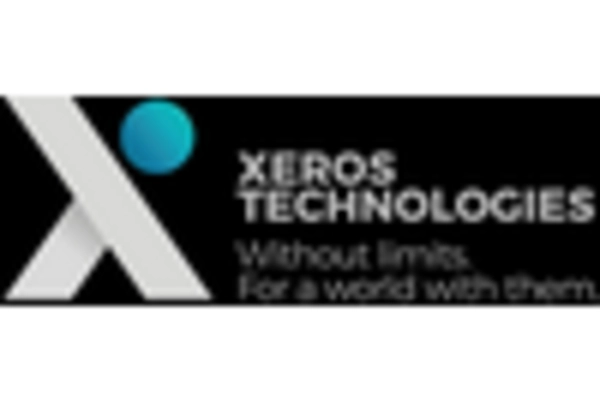








Leave a Comment